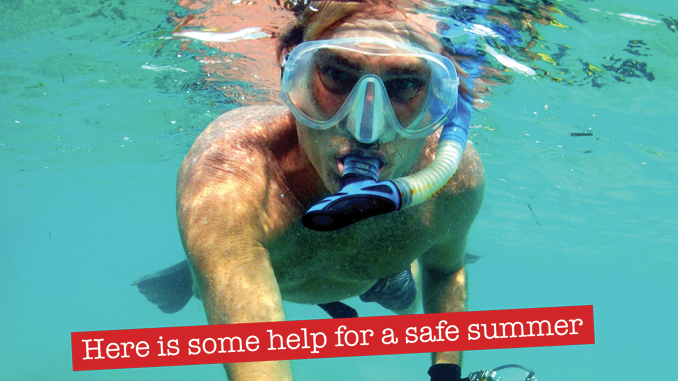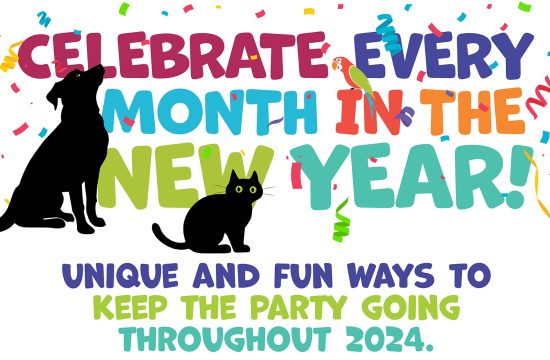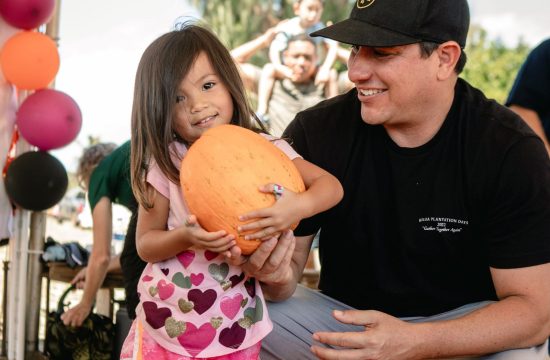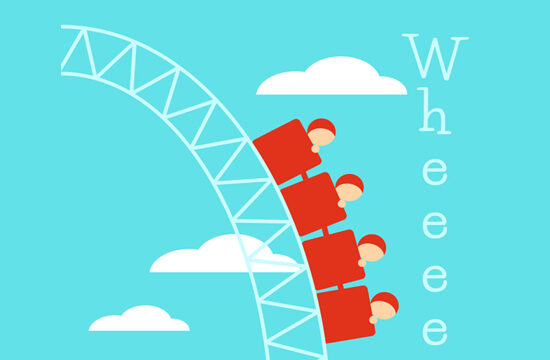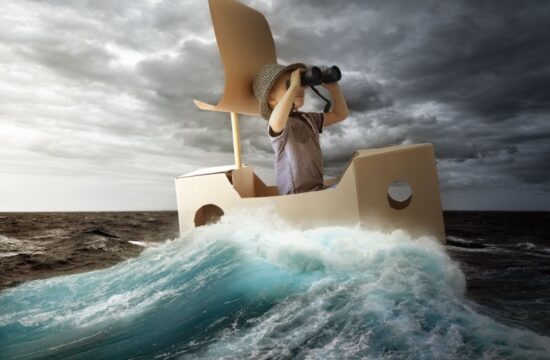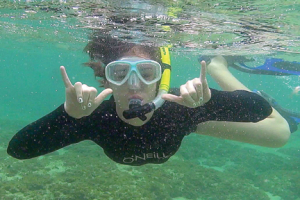
SWIM AT LIFEGUARDED BEACHES. Our Lifeguards will (a) keep you out of trouble and (b) save you if you do find yourself in trouble. For most of this piece I’m going to revisit snorkeling. This has become a front-burner issue in 2018 since Statewide there has been a very significant spike in snorkeling deaths. On Maui in particular, in the first 3 months of 2018, there have been 9 snorkeling-related deaths. Now, I realize that this is our Kauai Family Magazine and not the Maui Family Magazine, but people and families are our brothers and sisters, whether here or on Maui.
Why is snorkeling dangerous? Are there some snorkels that are safer than others? Are the relatively new and increasingly popular full-face masks-with-snorkels as safe as the ones many of us remember where you have a face mask covering your eyes and nose and an independent snorkel for your mouth?
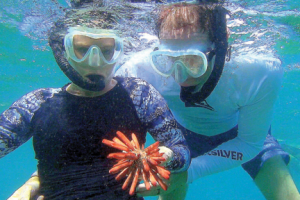
I do have some answers to the first question, I.e. Why is snorkeling dangerous? First of all, snorkeling is wonder-ful and it’s given many of us the opportunity to experience the amazing and glorious world that covers 4/5 of our planet. In fact you can make the case that it’s very safe if you add up the thousands and thousands of people who safely snorkel versus the number of people who have drowned while snorkeling.
First of all, snorkeling is wonder-ful and it’s given many of us the opportunity to experience the amazing and glorious world that covers 4/5 of our planet.
What is it that makes it dangerous for those who do get in trouble? Since numbers are small, i.e. in the dozens and not the thousands, my answers won’t make the grade of what we doctors call evidence-based proof. But they’re based on observations by our Lifeguards and here they are: (1) Not being an adequate swimmer. (2) Not having experience in ocean conditions. For example panicking if you get pulled out beyond your comfort zone by a subtle current, or if some water gets into your mask or into your snorkel. (3) Being in poor physical condition, or having underlying heart or lung disease. (4) Having alcohol or mood altering drugs in your system. (5) Being dehydrated — from being out in the sun and not hydrating well enough; or, for some adults, drinking alcohol the night before and then drinking coffee in the morning to “clear the cobwebs” (both of these are dehydrating agents), and then lying out in the sun before you head out snorkeling. 6) Snorkeling the day after you flew in from the mainland or overseas. (We’re not sure why this one is true but it seems to be. Possibly the long flight causes some dehydration). (7) Snorkeling without a buddy nearby, or being a novice and snorkeling without a professional guide with you. And (8) Having a snorkel whose mouthpiece is too thin such that you’re breathing in as if through a straw. If you do this for long enough, your lung membranes get strained and start to malfunction. One of the membranes’ functions is to keep the fluid in our blood from crossing the membrane into our lung’s air-sacs (we call these alveoli). If our membranes start failing and our fluids start crossing, our lungs fill up with water even though we haven’t inhaled any water from our snorkel! And once our lungs are filled with water, we’re in big trouble since we aren’t fish and we need air in our lungs.
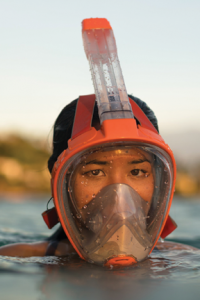
I realize that this is a family magazine and some of this article is both scary and also maybe a bit technical for an “average” child. But I figure if you are a child reading this, first, I’m proud of you for being a “reader”. This will help you throughout your life. And second, you have parents and parents’ friends who can learn from the things we’ve reviewed in this article. If you can share these things with them, you will become what I call a Force Multiplier, i.e. someone who saves a life even though you aren’t yet old enough to be a Lifeguard.
So, have a fun and safe summer, both in the water and with your land-based activities. And try to get in at least 20 minutes/day of reading even though school is out.
With Aloha,
Monty Downs, M.D.
President, Kauai Lifeguard Association

